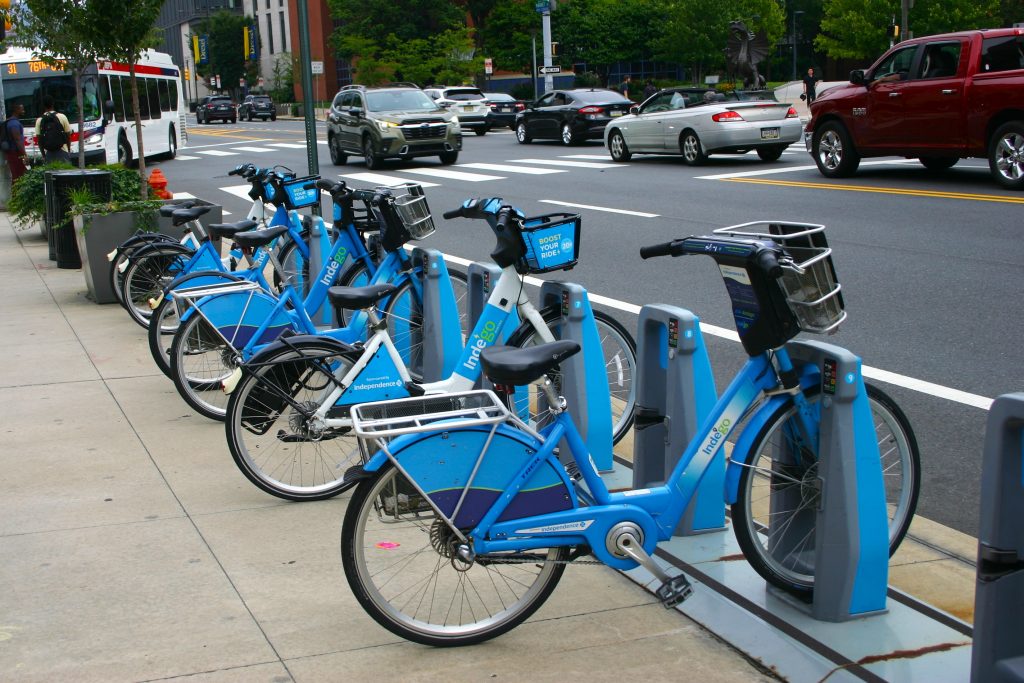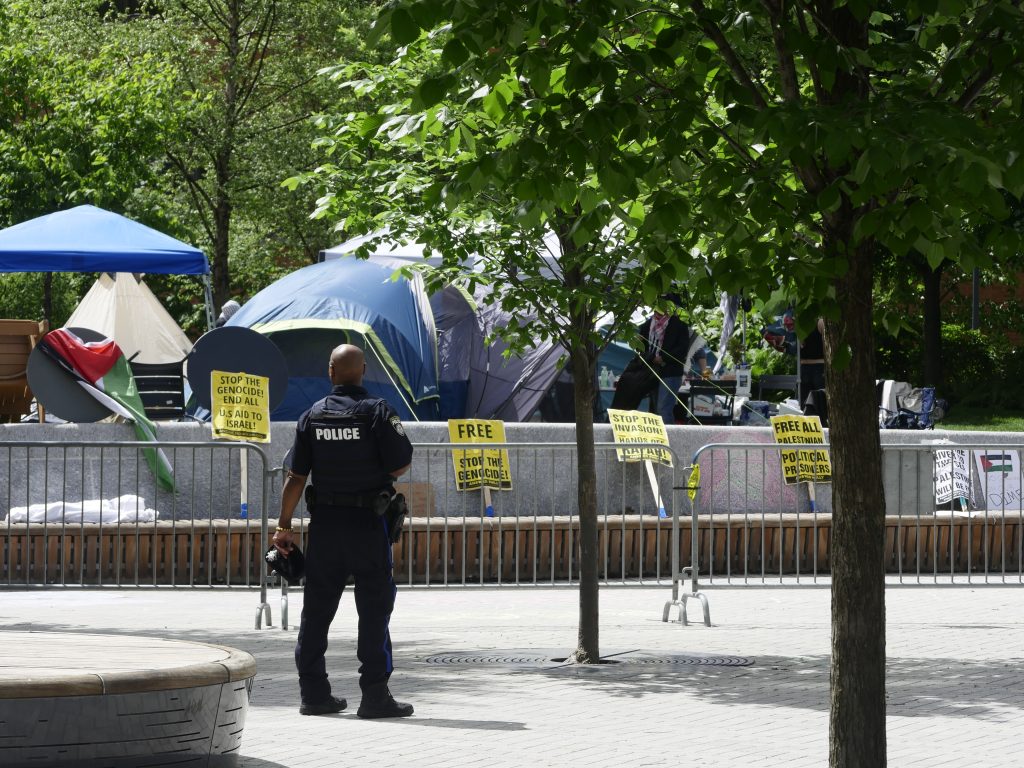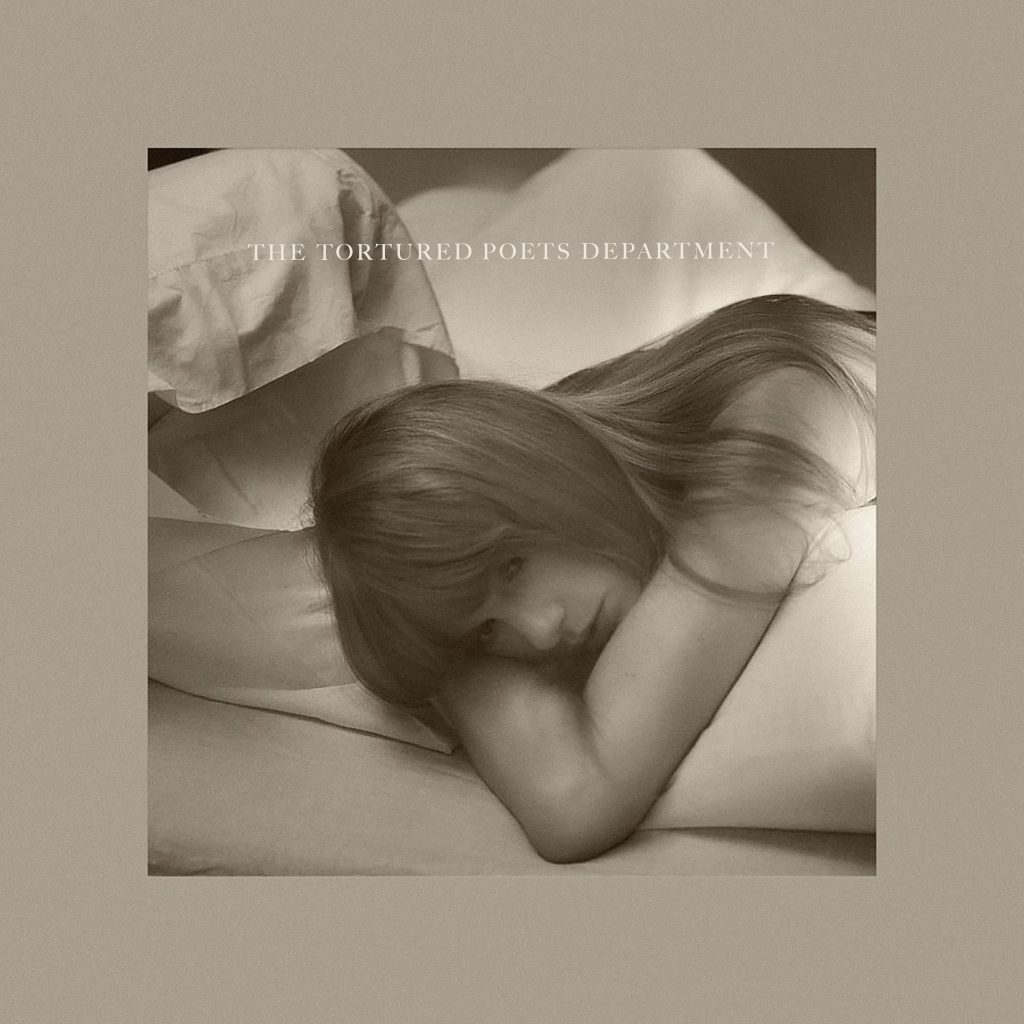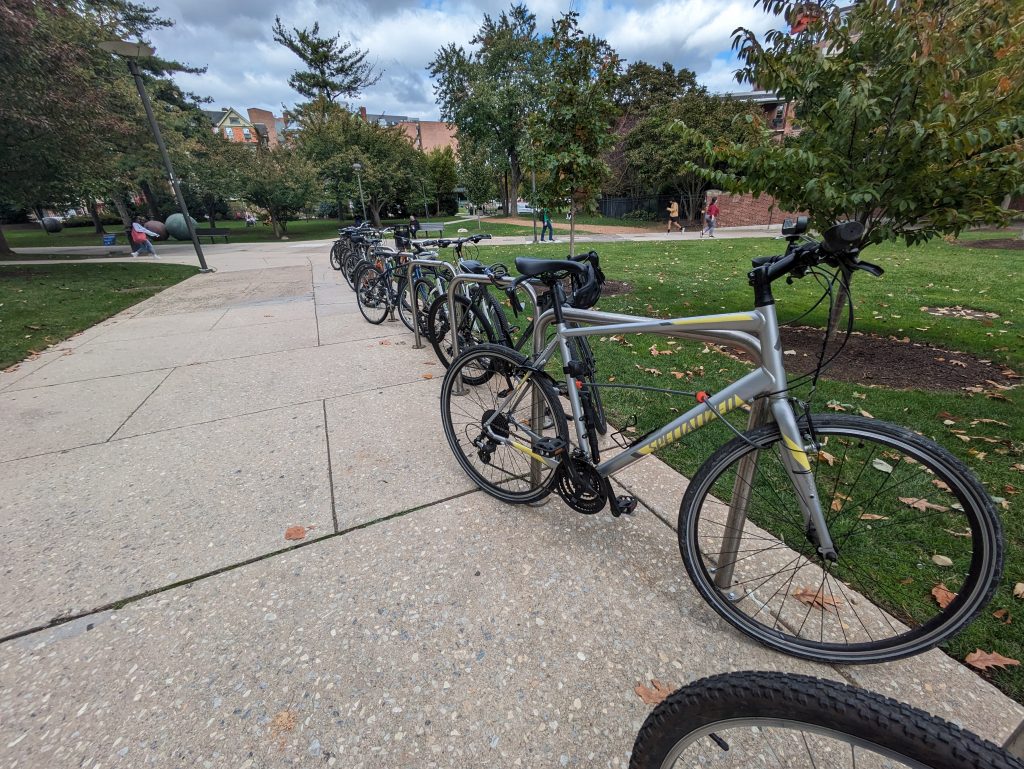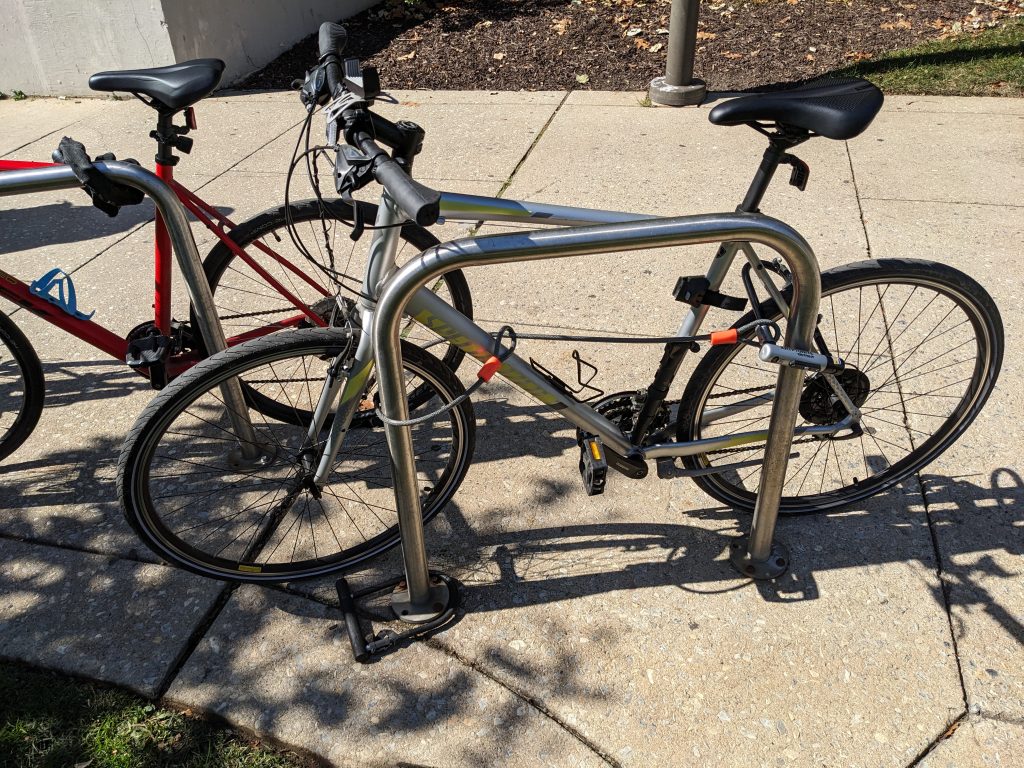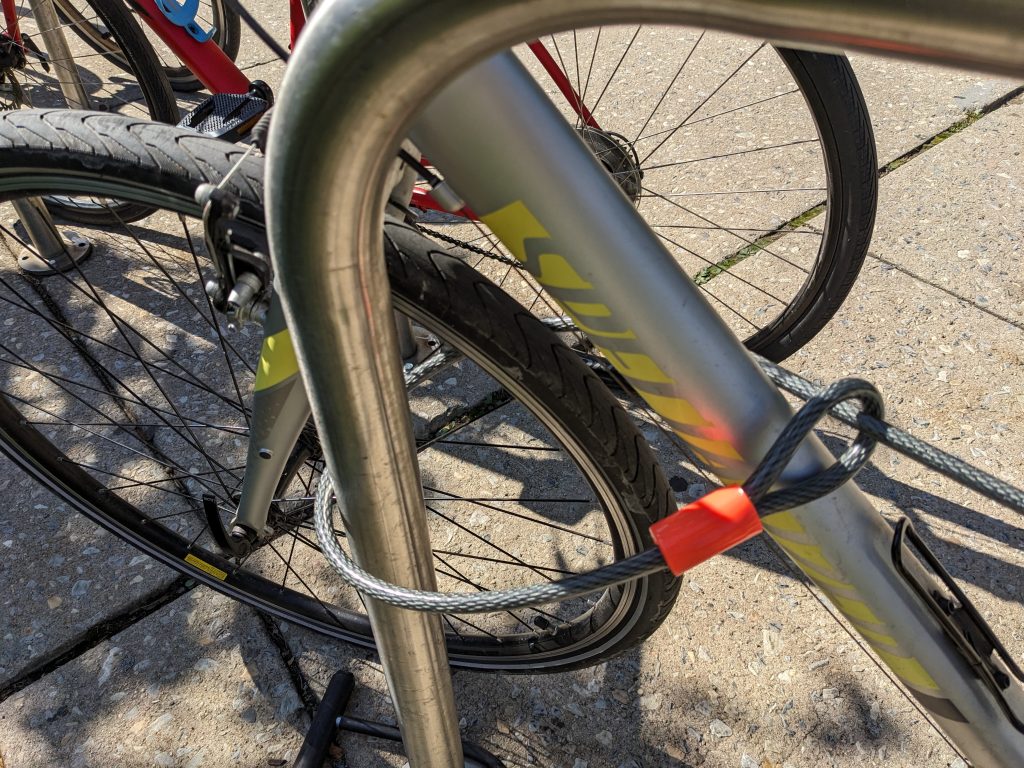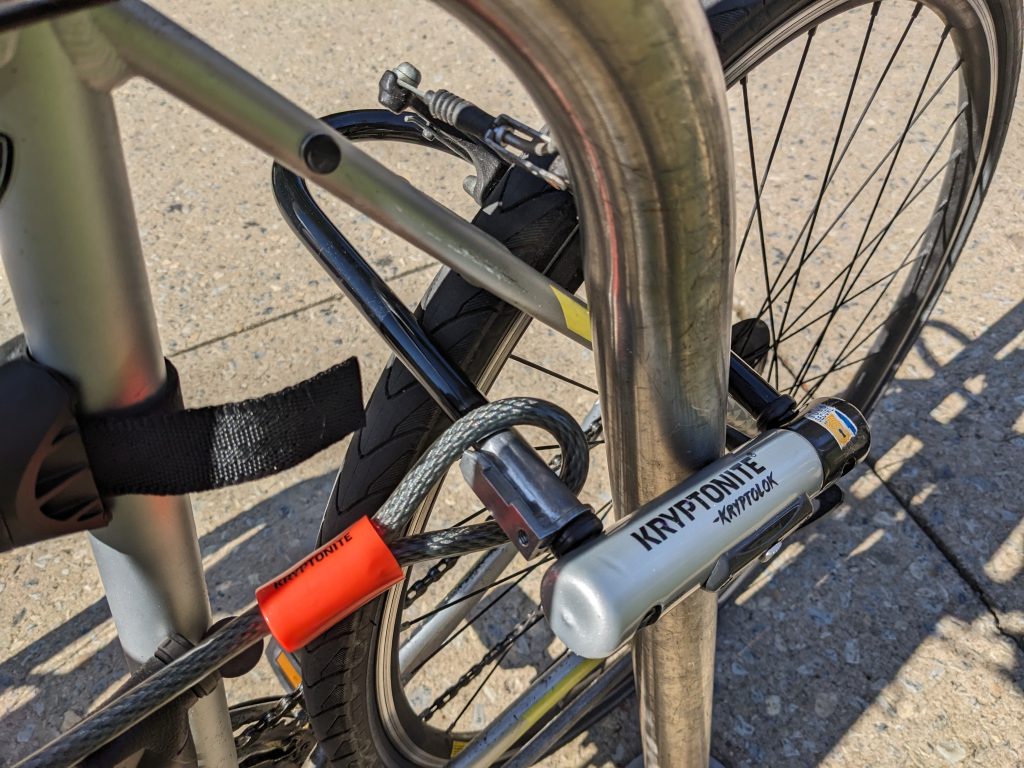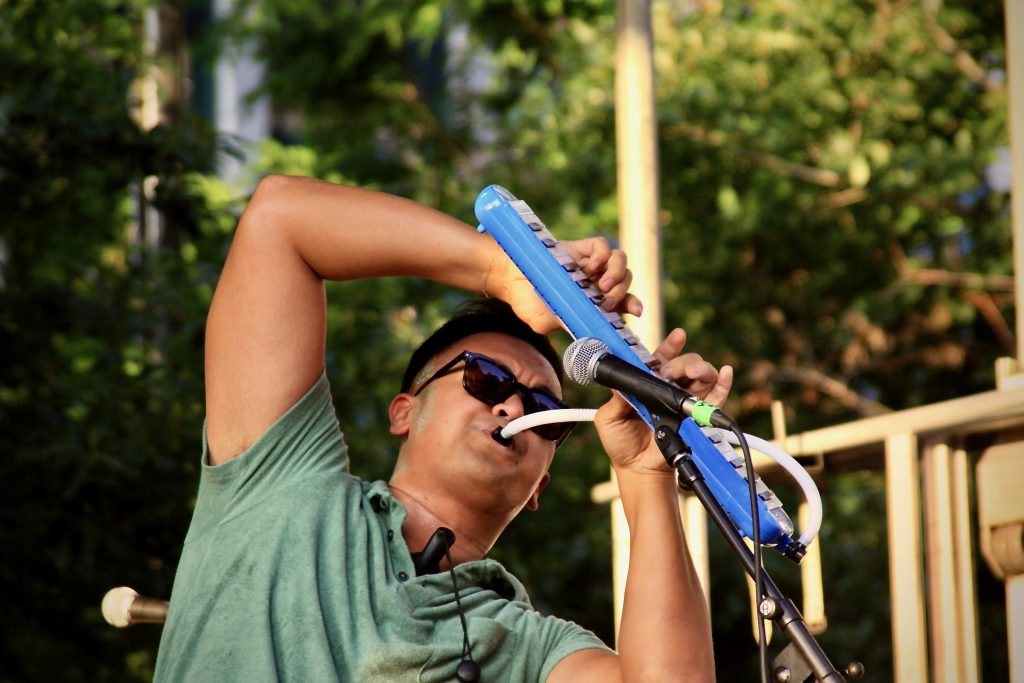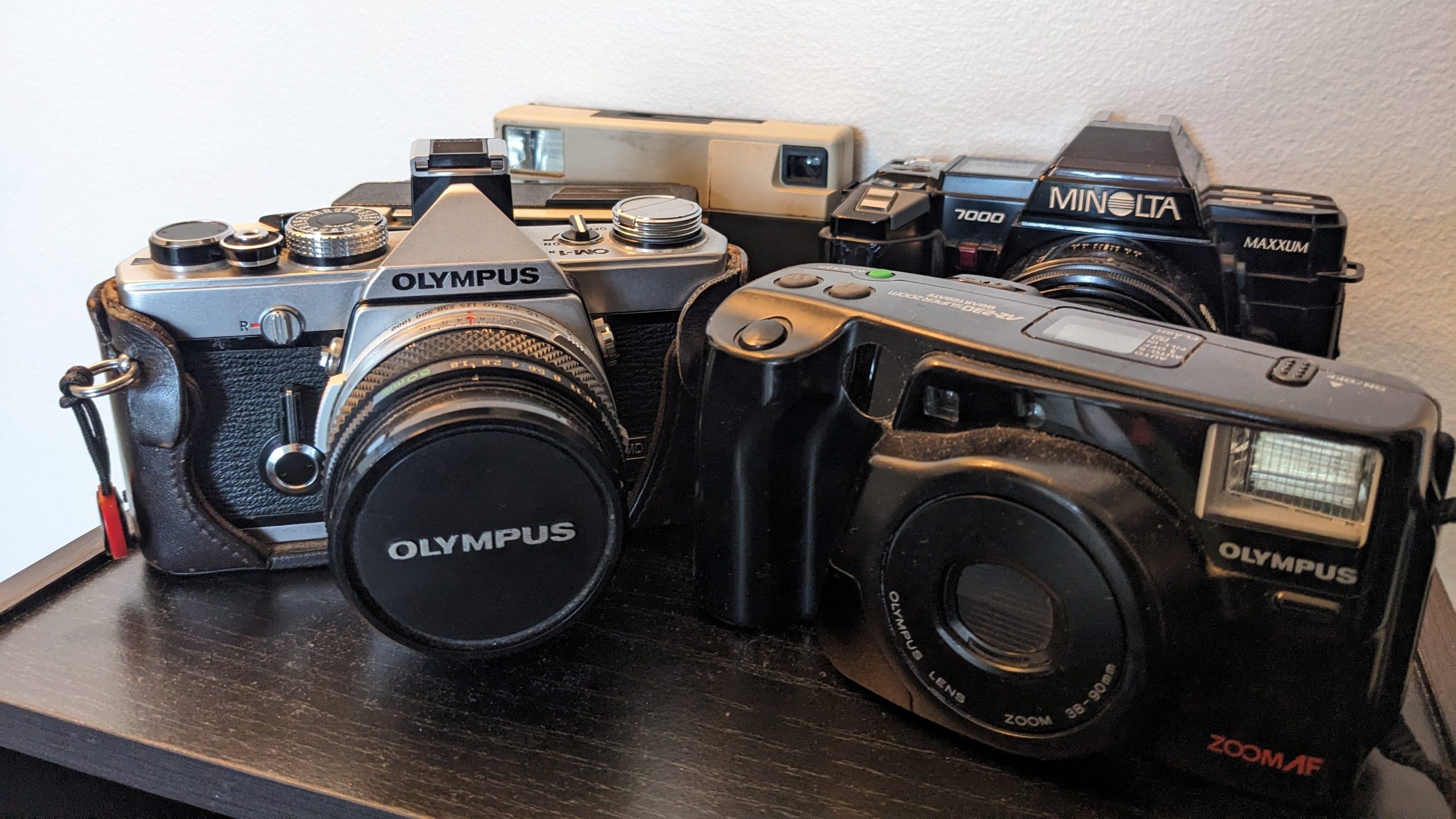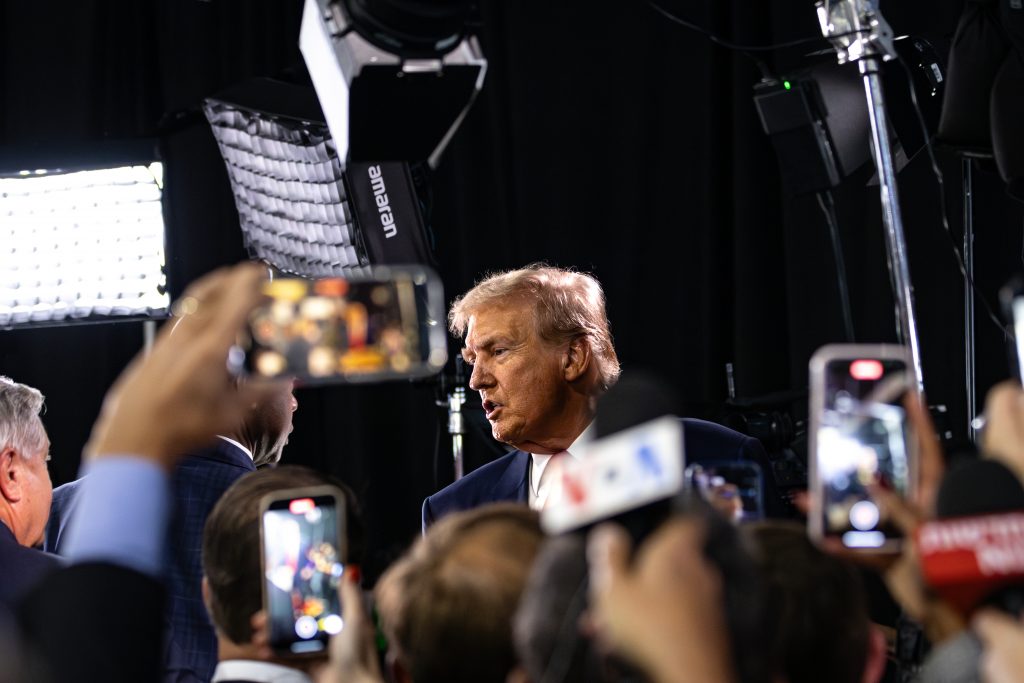
The city of Philadelphia welcomed Vice President Kamala Harris to her first presidential debate and former President Donald Trump to his seventh on Sept. 10.
The ABC News-hosted event was set at the National Constitution Center in the battleground state of Pennsylvania where “World News Tonight” anchor David Muir and ABC News Live “Prime” anchor Linsey Davis moderated the debate.
While this may be the only debate between the candidates for the 2024 election, the conditions and rules were unlike the ones seen in past presidential debates. These rules included no live audience in the debate hall, a coin flip to determine the order of closing statements and podium placement, no opening statements, two commercial breaks, two minutes to respond to questions, two-minute rebuttals, and an additional minute for a response or clarification. Both candidates were also not permitted to bring pre-written notes or any props but were provided with a pad of paper, a pen, and bottled water.
Stepping onto the stage at 9 p.m., Harris extended her hand, compelling a compulsory handshake as Trump slowed to a halt behind his podium.
Moderators Muir and Davis maintained the set rules and asked questions regarding the economy, foreign policy, abortion, immigration, the U.S. Capitol attack on Jan. 6, 2021, and race in politics.
Muir began the night with what he said is the most pressing issue according to voters of whether the economy has improved since President Biden and Vice President Harris took office four years ago.
“I am actually the only person on this stage who has a plan that is about lifting up the middle class and working people of America. … That is why I imagine and have actually a plan to build what I call an opportunity economy,” said Harris.
In Harris’ “opportunity economy” vision, she laid out a plan to extend a tax cut for young families of $6,000, the largest yet. She also plans to give a $50,000 tax deduction to start-up small businesses, explaining that they are “part of the backbone of America’s economy.”
Trump proposed, “First of all, I have no sales tax,” and that his plan for the future of the economy is to put tariffs on other countries.
Harris used her extra minute stating, “In this debate tonight, you’re going to hear from the same old, tired playbook, a bunch of lies, grievances, and name-calling. … and a dangerous plan called Project 2025.”
Explaining that he has nothing to do with the project, Trump added that he has not read the 900-page book made up of detailed policy proposals created by the Heritage Foundation.
Project 2025 is run by his prior cabinet members and advisors, including an advisory board consisting of over 100 conservative groups with policies that mimic Trump’s policies when he was in office.
Davis followed with the issue of abortion in America, noting that Trump has not been consistent with his position on the issue and that Vice President Harris said that women should not trust him as a result.
“Her vice presidential pick says abortion in the ninth month is absolutely fine. He also says execution after birth… is okay. Hence the vote,” said Trump, referring to overturning Roe v. Wade.
Shutting down his claim, Davis refuted that it is not legal to kill a baby after it is born in any state in the country.
Harris pledged that as president, she would sign a bill into law after it is passed by Congress, to put the protections of Roe v. Wade back in place on a national level and asserted that Trump, if he were to be re-elected, would sign a national abortion ban.
Davis turned to Trump and stated, “Your running mate JD Vance has said that you would veto if it did come to your desk,” referring to vetoing a national abortion ban to which Trump replied that he had not discussed this topic with Vance.
Harris called attention to a sore point between her and Trump, saying, “I’m going to actually do something really unusual and I’m going to invite you to attend one of Donald Trump’s rallies because it’s a really interesting thing to watch. … And I will tell you the one thing you will not hear him talk about is you…I believe you deserve a president who actually puts you first.”
Trump’s rebuttal included defending the excitement and size of his rallies because “people want to take their country back” from a “failing nation” that began “three and a half years ago.”
He placed the blame of the “failing nation” on immigrants, laying a false claim that Haitian immigrants in Ohio are abducting and eating pets including cats and dogs, to which Muir immediately fact-checked him, confirming with the city manager that this is untrue.
His response prompted a chuckle from viewing parties, members of the press, and Vice President Harris.
On the topic of the U.S. Capitol attack, Muir posed the question of whether Trump regretted anything he did on that day.
“I had nothing to do with that other than they asked me to make a speech. I showed up for a speech,” replied Trump despite his tweet several hours before the attack, saying, “Statistically impossible to have lost the 2020 Election. Big protest in D.C. on January 6th. Be there, will be wild!”
Trump evaded further questions on the topic.
As the focus shifted to foreign policy, Harris stood by her previous statement about the Israel-Hamas War, restating that, “Israel has a right to defend itself. … And how it does so matters. Because it is also true that far too many innocent Palestinians have been killed.”
“The war must end,” said Harris, “we need a cease-fire deal and we need the hostages out.”
Her plan includes working around the clock to create a two-state solution where there must be security for Israeli people along with Palestinians, including a solution to rebuild Gaza.
In his reply to Davis’ question on how to negotiate with Benjamin Netanyahu, the Prime Minister of Israel, and Hamas to prevent the deaths of more innocent civilians, Trump explained that had he been president, “it would have never started,” a claim he also repeated regarding the war in Ukraine.
At the end of the night, numerous representatives and allies from both the Republican and Democratic Parties entered the Spin Room to speak with journalists for their feedback from the debate.
Pennsylvania Governor Josh Shapiro sided with Harris’ statement that although she and President Biden might agree on some policies and plans for the future, she is her own person: “It makes her Kamala Harris and I thought she was a damn good Kamala Harris tonight. And she’s going to be a damn good president.”
Mini Timmaraju, President and CEO of NARAL Pro-Choice America, said that students should vote for the vice president because “Kamala Harris is the only candidate with a plan to restore a federal right to abortion while Donald Trump made it very very clear tonight where he stands… he bragged about overturning Roe again.”
Biotech entrepreneur Vivek Ramaswamy, who previously suspended his bid for the 2024 Republican presidential nomination, responded to the announcement of Taylor Swift’s endorsement of Vice President Kamala Harris, saying, “I think the reality is that celebrity endorsements mean generally very little and I do think that voters should think independently for themselves or who they want to vote for.”
Regarding Ramaswamy’s claim, Swift’s endorsement via Instagram on Sept. 10 led “‘337,826 visitors to vote.gov referred from the custom URL created and shared by Ms. Swift. … As of 2:00 p.m. on Wednesday, September 11’,” according to a spokesperson for the U.S. Government Services Administration.
With 67.1 million viewers, the much anticipated Sept. 10 ABC News Presidential Debate is now over. It is yet to be determined if a second Harris-Trump debate will take place and what impact this will have on the polls and the election outcome.

